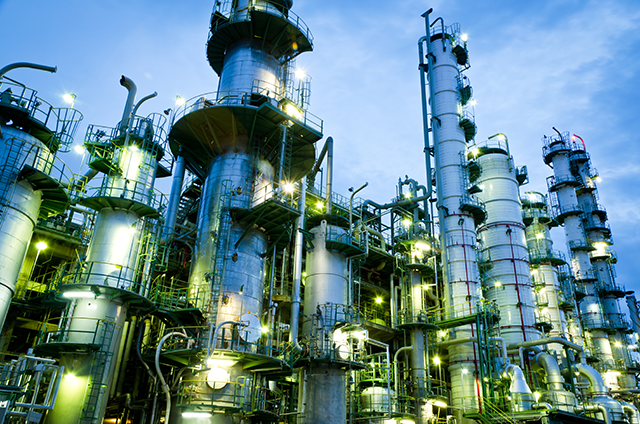Technology

- Name
- Badger BPA
- Owner
-
/ Badger Licensing LLC - Brand
- Bisphenol-A (BPA) Technology
- Process
- Condensation Reaction
- Type
- Condensation of Phenol with Acetone
- Available
-

- #TE171
Description
Your insights will be shown here
| Title | Date |
|---|
| Technology Unit |
|---|
| Column |
| Flash Vessel |
| Heat Exchanger |
| Prill Tower |
| Reactor |
| Stripper |
Content provided by
| Transaction | Name | Date |
|---|---|---|
| Modified by |
|
6/17/2025 4:13 PM |
| Added by |
|
11/29/2022 6:43 PM |











